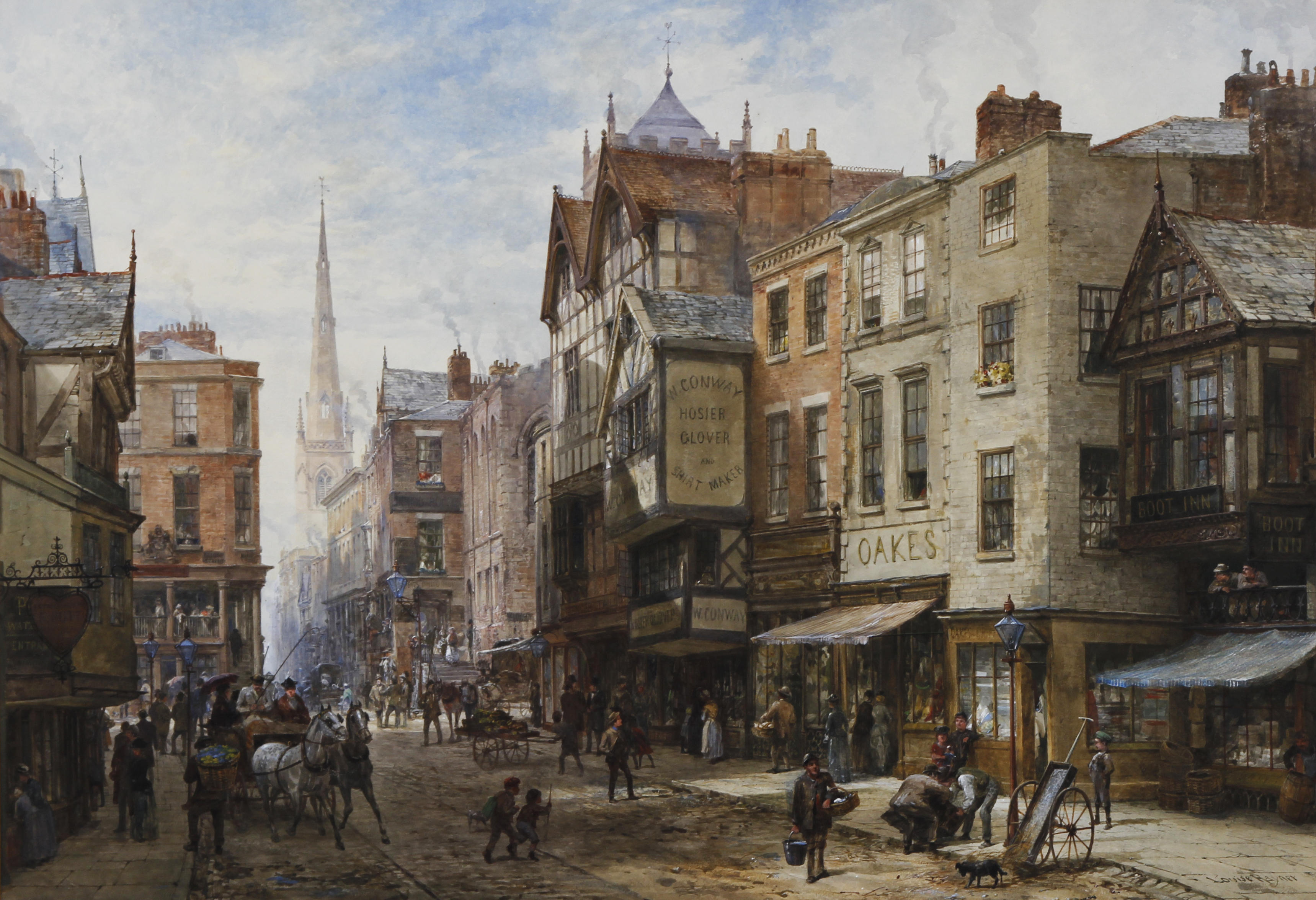Post -by Gautam Shah
.
A very vast space is perceived only through its markings. A ‘sunset, a
valley or seashores’ are Markings of a space. These are evident through
physical elements like: edges, banks, thresholds, slopes, plains or fences
and environmental effects thereon. Markings in a very vast space
indicate the extent of the space, but do not define it. Perception of
markings is subjective and circumstantial, because the reach varies
with perceiver’s capacity, needs and environmental conditions.
Spaces, however, are more definitively perceived through the
Bounding elements. The bounding elements offer an exclusivity
through a change-line, such as a drop in terrain, contours, variation
colour or texture, illuminated or shaded objects, etc. Bounding elements
restrict limitless experience of the space and environmental effects.
The bounding elements indicate the nature of ownership (dominion)
and structure of administration, and so the purpose of the space.
Bounding elements are physical entities that have dimensions,
gradation, scale and proportions, to provide spatial definitions.
Bounding elements endow familiarity, and so create ‘neighbourhood’
spaces.
 |
| Wild Exterior space |
WILD EXTERIOR SPACES
The behaviour in space is formed by the spatial definitions like the
markings, bounding elements and enclosures. Markings denote the
natural extent of the wild exterior space. But the same markings
may not be perceptible by all. The behaviour with reference to
markings is perfunctory as it relates to potential -what can one do
with it ?
 |
| Lunar Township in wild exterior Space |
NEIGHBOURHOOD SPACES
Markings help create anchor points, line links and extent spreads. This
elemental bounding becomes the setting for prime human endeavour
(and so the behaviour) to occupy and possess a space segment.
Secondary bounding in space define what one can own, possess and
some control or physical reach. This secondary bounding or space
segments, separate the wild exterior from the interior space. The
space also becomes an alternative place for everything that an
interior space cannot offer. It becomes a place for informal social
contacts and also temporary escape. This is the next grade of
exterior space, the neighbourhood space. A neighbourhood space
comes into being and remains valid in the context of interior spaces.
Neighbourhood as an exterior space is finite and predictable. It is
both a ‘collection of individuals and a place, the people who live
there and the place itself’. Here the social ties develop not just due to
people involved, but due to the settings of the place.
 |
| Neighbourhood |
Neighbourhood spaces have recognizable
geometric order or a
predictable configuration, purposive locations for anchorage,
well-defined zones, distinct routes and paths, good visibility (and
other clarity
of other sensorial perception) and recognition of the whole and its
parts.
The depth or scale as defined by bounding elements mainly depends
on the reach capacities. In other words the bounding elements are
within the sensorial reach such as vision, hearing, smelling, touching, etc.
These elements individually represent varied reaches, so space
definitions here match to the purpose.
- ‘a jungle of apartments where no one knew who was dead or who was celebrating what - but an archipelago of neighbourhoods in which everyone knew each other.’ -Orhan Pamuk, Istanbul: Memories and the City.
.
.
.










No comments:
Post a Comment